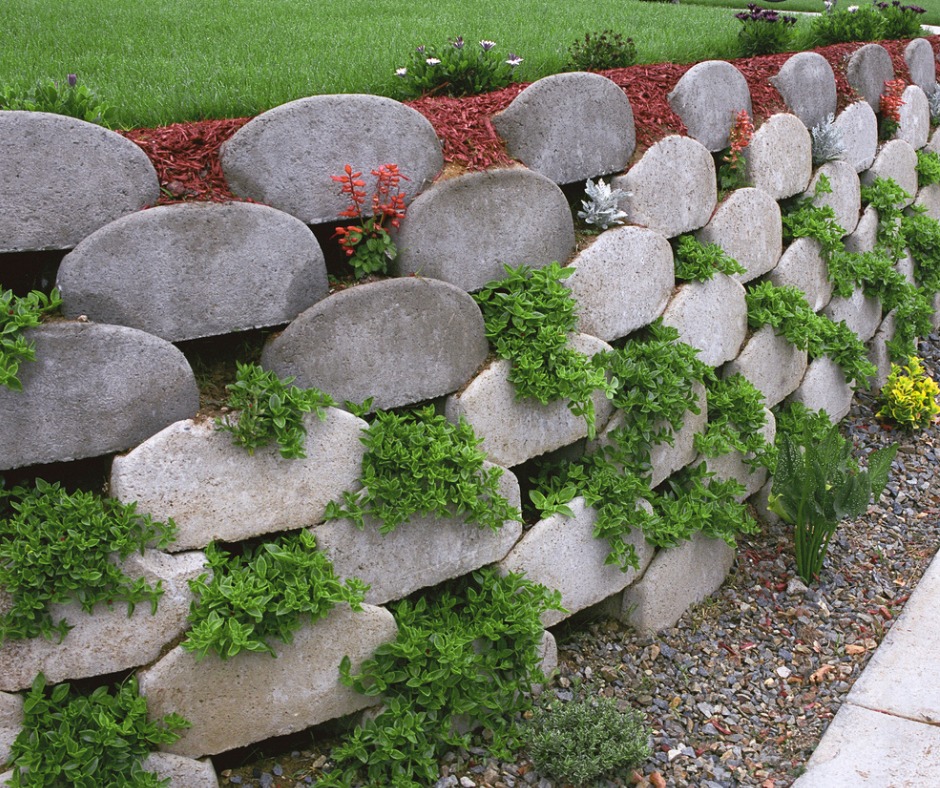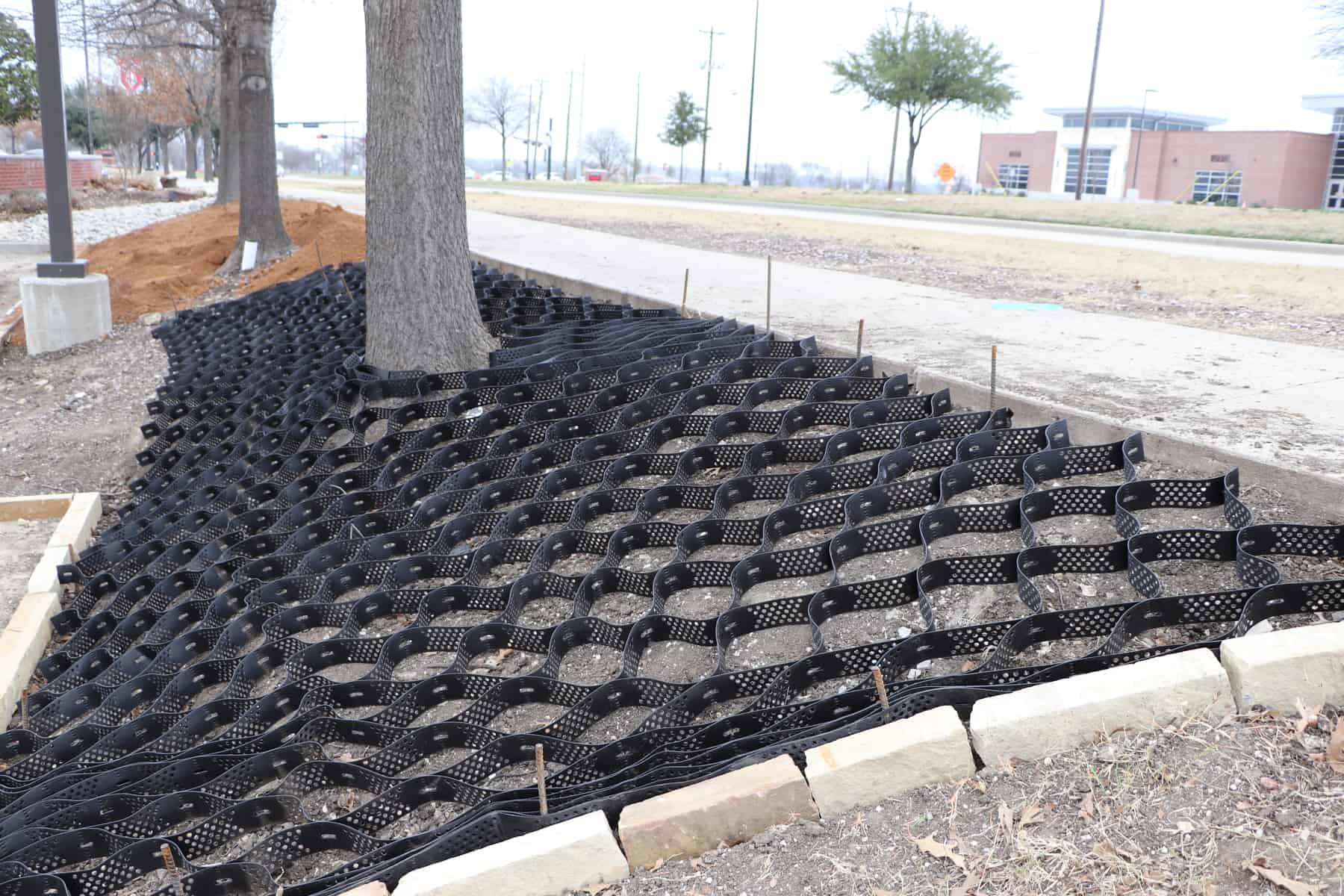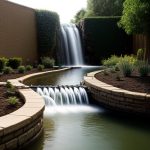Imagine standing at the top of a lush, green hill, admiring the view. But beneath your feet, the ground is slowly slipping away.
If you own sloped land, this scene might be more real than you think. Soil erosion is a silent yet powerful force that can transform beautiful landscapes into barren land. But here’s the good news: you have the power to stop it.
With the right strategies, you can protect your property and the environment. You’ll discover simple and effective tips to prevent soil erosion on sloped land. These tips are not just practical but could save you time, money, and a lot of hassle in the long run. Are you ready to safeguard your land and enhance its beauty? Let’s dive in and explore how you can keep your soil where it belongs.

Vegetation Planting
Planting vegetation effectively reduces soil erosion on sloped land. Select native plants with deep roots to stabilize the soil. Arrange them in staggered patterns for maximum coverage and protection.
Vegetation planting is a powerful method to prevent soil erosion on sloped land. By establishing a green cover, you not only stabilize the soil but also enhance the beauty and biodiversity of your landscape. Let’s explore some effective strategies to achieve this.Choose The Right Plants
Selecting the appropriate plants is crucial. Look for species with deep root systems. Deep roots help anchor the soil, reducing the risk of erosion. Native grasses, shrubs, and trees are often excellent choices because they are well-adapted to local conditions.Plant In Layers
Layering your vegetation adds an extra level of protection. Use ground covers, shrubs, and trees to create a multi-tiered defense against erosion. This layered approach can trap soil particles and slow down water runoff, minimizing erosion.Spacing And Arrangement
Consider how you arrange your plants. Proper spacing allows roots to expand and interlock, creating a natural network that holds soil in place. Avoid planting in straight lines; instead, stagger your plants to form a more robust barrier.Incorporate Ground Cover
Ground cover plants are your frontline soldiers against erosion. They spread quickly, covering bare soil and protecting it from rain impact. Think about adding plants like clover, creeping thyme, or periwinkle. These are hardy and require minimal maintenance.Regular Maintenance
Once your plants are in place, maintenance is key. Regularly inspect your vegetation for signs of stress or disease. Water and mulch as needed to keep plants healthy and effective in erosion control. Have you ever noticed how a neglected garden quickly turns into a patch of weeds? The same principle applies here—care for your plants, and they will care for your soil.Community Involvement
Engage your community in planting projects. Involving others not only shares the workload but also fosters a sense of responsibility and pride. You might even inspire others to adopt similar practices on their own land. By following these tips, you can transform a vulnerable slope into a vibrant, erosion-resistant landscape. What other creative solutions have you tried to prevent soil erosion on your land?Terracing Techniques
Terracing is a powerful technique for preventing soil erosion on sloped land. It involves creating flat areas or steps on a slope. This method reduces water runoff and soil loss. Terracing also helps in conserving water and supporting plant growth. Let’s explore some effective terracing techniques.
Stone Wall Terraces
Stone wall terraces use rocks to create sturdy barriers. These walls hold soil in place. They also help manage water flow. Building stone terraces requires careful stacking of rocks. This creates a strong and lasting structure.
Earth Embankment Terraces
Earth embankment terraces involve using soil to form ridges. These ridges are built along the slope. They act as barriers to slow water movement. This technique is simple and cost-effective. Regular maintenance ensures their longevity.
Bench Terraces
Bench terraces are flat platforms on a slope. They are ideal for farming or gardening. Bench terraces create level areas for planting. This helps in reducing soil erosion significantly. The soil is dug and leveled to form these terraces.
Vegetative Terraces
Vegetative terraces use plants to stabilize the soil. Grasses or shrubs are planted along the slope. Their roots hold the soil together. This method is eco-friendly and visually appealing. Vegetative terraces also improve biodiversity.
Contour Terracing
Contour terracing follows the natural curve of the land. It involves creating terraces along the contour lines. This reduces water runoff and soil erosion. Contour terracing is effective for managing water and soil conservation. It helps in maintaining the natural landscape.
Terracing is an effective method to combat soil erosion on slopes. Different techniques offer various benefits. Choose the right method based on your land’s needs.
Mulching Strategies
Applying effective mulching helps keep soil in place on sloped land. Organic materials like straw or wood chips create a protective layer. This reduces water runoff and minimizes erosion.
Mulching is a powerful technique to prevent soil erosion on sloped land. It involves covering the soil surface with a protective layer of organic or inorganic materials. This layer acts as a barrier against rain impact, which can wash away precious topsoil. ###Understanding Different Mulch Materials
Not all mulch is created equal. Organic mulches like straw, wood chips, and grass clippings decompose over time, enriching the soil with nutrients. Inorganic options, such as stones or synthetic fabrics, do not break down but provide long-term coverage. Consider what best suits your land’s needs. Organic mulch adds nutrients but requires replenishment. Inorganic options offer durability but no nutritional benefits. ###Applying Mulch Effectively
Proper application is crucial. Aim for a mulch layer about 2 to 4 inches thick. This thickness provides enough coverage to protect the soil without suffocating plant roots. When I first mulched my garden slope, I underestimated the thickness needed. The next heavy rain washed away much of the soil. Adjusting to a thicker layer made a noticeable difference. ###Maintaining Mulch Over Time
Maintenance ensures continued effectiveness. Over time, organic mulch breaks down and needs to be replaced. Regularly check the mulch layer, especially after heavy rain. Ask yourself if the mulch still covers the soil adequately. If not, it’s time for a refresh. This simple check can prevent significant soil loss. ###Combining Mulch With Other Erosion Control Methods
Mulching works best when combined with other erosion control strategies. Consider planting cover crops or installing terracing on steep slopes. These methods work together to stabilize the soil and enhance its resilience. Have you tried combining methods? The synergy between multiple strategies can significantly enhance soil protection. Experiment and observe what works best for your landscape. ###Environmental And Economic Benefits
Mulching has both environmental and economic advantages. It reduces the need for chemical fertilizers by enriching the soil naturally. Additionally, it conserves water by retaining soil moisture, reducing irrigation costs. Think about the long-term savings and environmental impact. By choosing mulching, you are investing in a sustainable future for your land.
Water Management Solutions
Prevent soil erosion on sloped land with effective water management solutions. Plant vegetation to hold soil firmly. Install terraces to slow water flow and reduce erosion.
Water management solutions are crucial for preventing soil erosion on sloped land. By effectively managing water flow, you can reduce the speed and force of water, which often leads to soil erosion. Let’s explore some practical techniques to ensure your land remains healthy and erosion-free.Install Terraces
Terraces can transform a steep slope into a series of flat areas. These horizontal platforms slow down water flow and allow it to soak into the soil rather than washing it away. You can think of terraces as nature’s way of holding on to rainwater, giving plants more time to absorb it. Have you ever walked through a terraced vineyard and noticed how lush and green it looks? That’s the magic of terraces in action.Construct Swales
Swales are shallow, wide channels designed to capture and direct water. Positioned along the contour of the land, they help to slow, spread, and sink water into the soil. This not only prevents erosion but also boosts groundwater levels. Imagine a long, gentle ditch running across your slope, collecting water like a mini reservoir during a rainstorm.Rainwater Harvesting Systems
Rainwater harvesting isn’t just for rooftops. By setting up collection points across your land, you can capture rainwater for later use. Using barrels or tanks, you can store this water and release it slowly, ensuring that it nourishes the soil without causing runoff. Have you ever thought about how much rainwater simply slips away? This method makes sure you use every drop efficiently.Vegetative Buffer Strips
Planting grass or shrubs in strategic strips can act as a natural barrier. These buffer strips slow down water, trap sediments, and reduce runoff. They also enhance the soil’s ability to absorb water. Next time you see a line of bushes on a slope, consider how they might be quietly fighting erosion.Create Check Dams
Check dams are small, often temporary barriers across ditches or small waterways. They catch water and allow sediments to settle before the water moves downstream. By building these dams, you can control the flow and reduce the risk of erosion. Think of it as giving water a moment to pause and take a breath before continuing on its journey. Taking the time to implement these water management solutions on your sloped land can make a world of difference. Which solution will you try first to protect your land from erosion?
Conclusion
Protecting sloped land from erosion is crucial. Simple steps can make a big difference. Planting vegetation helps hold soil in place. Terracing controls water flow and minimizes runoff. Mulching provides a protective layer, reducing erosion. Building retaining walls offers strong support for slopes.
Regular maintenance ensures long-term soil stability. Each tip contributes to preserving land and environment. Implement these strategies to maintain healthy soil. Preventing erosion benefits agriculture and nature. Keep these practices in mind for future land care. Soil conservation leads to sustainable landscapes.
Healthy soil supports life and growth.


